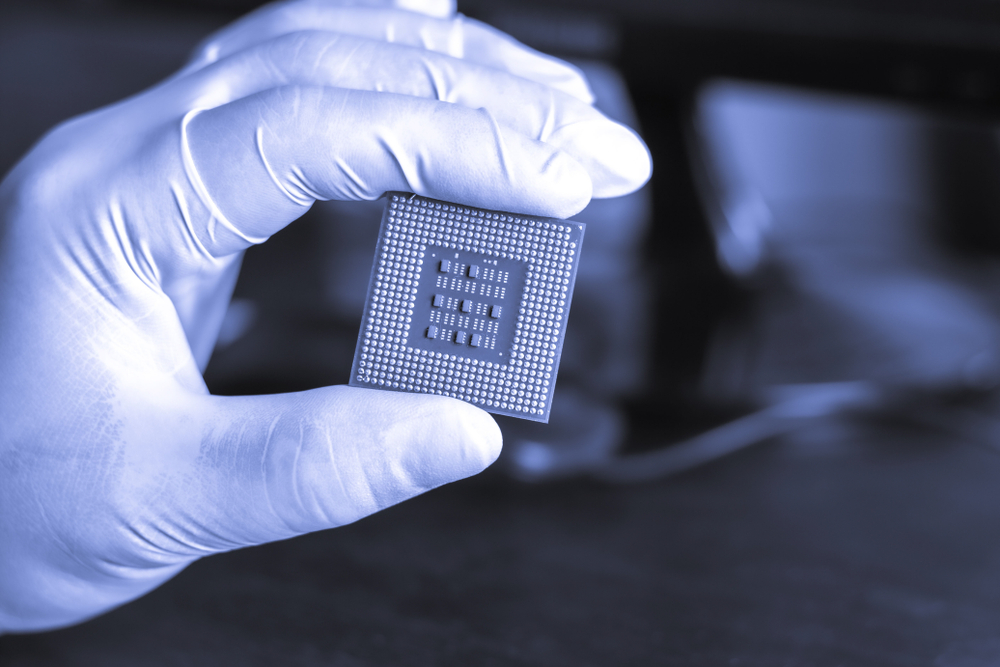Liquid Metal Electronics: The Future of Flexible Tech
In a world where rigid circuitry dominates our devices, a groundbreaking technology is emerging that could revolutionize the way we think about electronics. Liquid metal, once confined to the realm of science fiction, is now making waves in research labs and tech companies worldwide. This malleable, conductive material promises to usher in a new era of flexible, self-healing electronics that could transform everything from wearable devices to soft robotics.

Unlike traditional solid metals, liquid metal can flow and reshape itself, allowing for unprecedented flexibility in electronic components. This malleability opens up a world of possibilities for designers and engineers looking to create devices that can adapt to various forms and functions.
A Brief History of Liquid Metal in Electronics
The concept of using liquid metals in electronics isn’t entirely new. Mercury switches, for instance, have been around for decades. However, the toxic nature of mercury limited its widespread adoption. The breakthrough came with the discovery of non-toxic gallium alloys in the late 20th century.
In the early 2000s, researchers began exploring the potential of these gallium-based liquid metals for electronic applications. The field gained significant momentum in the 2010s, with several key studies demonstrating the feasibility of creating circuits, antennas, and even simple machines using liquid metal.
The Science Behind the Flow
What makes liquid metal so special? It all comes down to its unique combination of properties. Gallium-based alloys, like Galinstan (a mixture of gallium, indium, and tin), boast high electrical conductivity comparable to many solid metals. Yet, they remain liquid at room temperature, allowing them to flow and reconfigure.
One of the most intriguing aspects of liquid metal is its ability to form a thin oxide layer on its surface when exposed to air. This layer acts like a skin, allowing the metal to maintain its shape while still remaining deformable. Researchers have leveraged this property to create self-healing circuits and stretchable electronics that can withstand extreme deformation without losing functionality.
Applications on the Horizon
The potential applications for liquid metal electronics are vast and varied. In the realm of wearable technology, liquid metal could enable the creation of truly flexible displays and sensors that conform to the body’s contours. Imagine a fitness tracker that wraps seamlessly around your wrist, providing more accurate readings and enhanced comfort.
In robotics, liquid metal could revolutionize the field of soft robotics. Researchers have already demonstrated simple machines and actuators made entirely of liquid metal, paving the way for robots that can squeeze through tight spaces or change shape on demand.
Perhaps one of the most exciting possibilities lies in the realm of self-healing electronics. Devices made with liquid metal circuits could potentially repair themselves after damage, significantly extending their lifespan and reducing electronic waste.
Challenges and Future Outlook
Despite its promise, liquid metal technology still faces several hurdles before it can become mainstream. One of the primary challenges is developing reliable methods for containing and controlling the liquid metal within devices. Researchers are exploring various encapsulation techniques and smart materials that can interact with liquid metal in predictable ways.
Another area of focus is improving the stability and longevity of liquid metal components. While the self-healing properties are impressive, ensuring consistent performance over extended periods remains a challenge.
The cost of production is also a factor. Currently, gallium-based alloys are more expensive than traditional electronic materials. However, as research progresses and manufacturing techniques improve, costs are expected to decrease.
The Road to Commercialization
While liquid metal electronics are still primarily in the research phase, some companies are beginning to explore commercial applications. Startups and established tech firms alike are investing in the technology, recognizing its potential to disrupt multiple industries.
Early estimates suggest that the first consumer products incorporating liquid metal components could hit the market within the next 5-10 years. These are likely to be niche products at first, such as specialized wearables or industrial sensors. As the technology matures, we could see more widespread adoption across various sectors.
The market impact of liquid metal electronics is difficult to quantify at this early stage, but analysts predict it could become a multi-billion dollar industry within the next two decades. The flexibility and adaptability of liquid metal make it a strong contender in the growing market for flexible electronics, which is already projected to reach $40 billion by 2025.
As research continues and new applications emerge, liquid metal electronics stand poised to reshape our relationship with technology. From bendable smartphones to shape-shifting robots, the future of electronics looks increasingly fluid, promising a world where our devices are as adaptable and resilient as we are.





